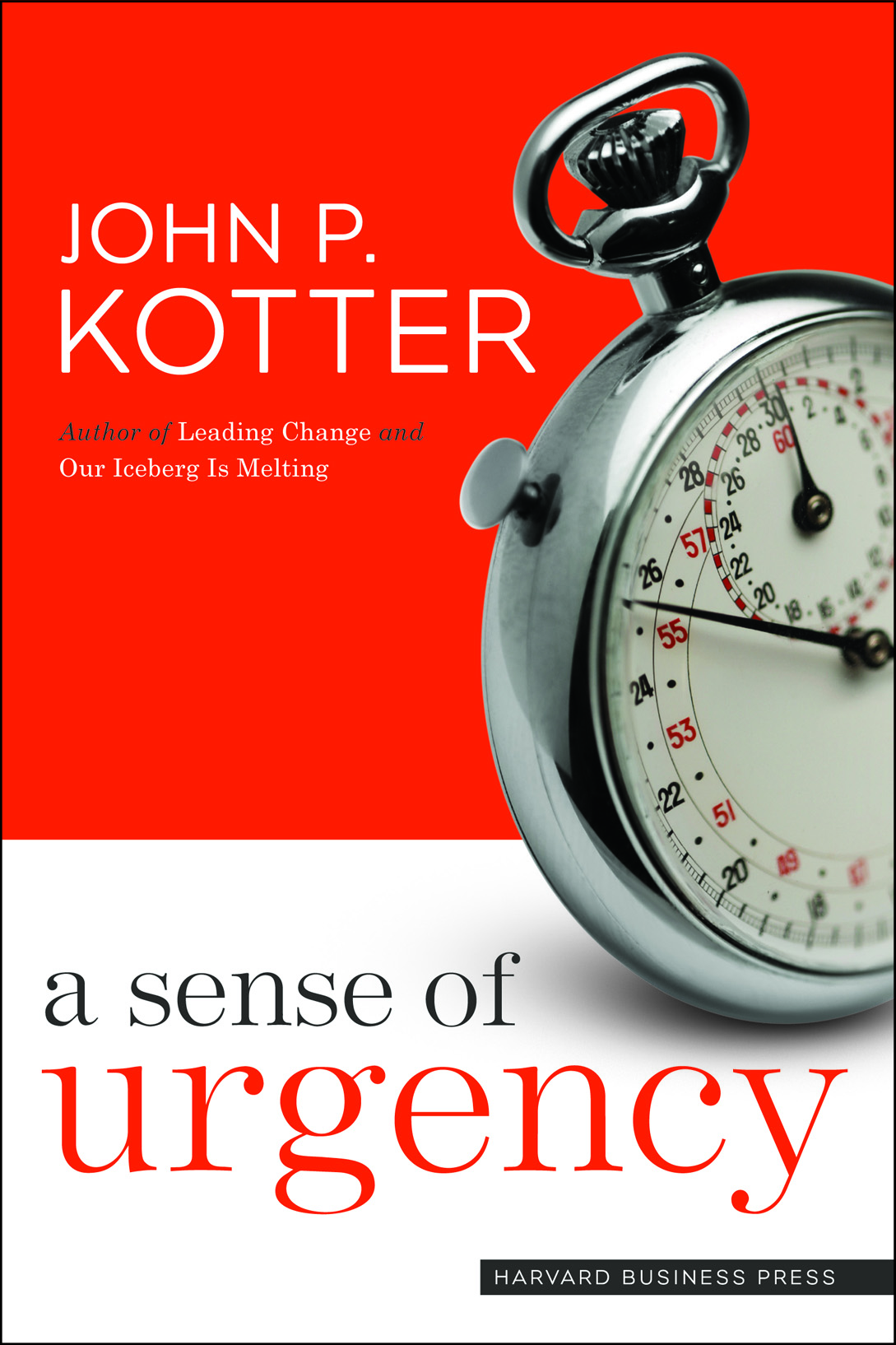12 tips for starting your fundraising committee
In light of our recent Page to Practice feature of Emily Davis’  Fundraising and the Next Generation, I thought you’d enjoy her recent blog about the twelve steps involved with starting a fundraising committee samsung photo editor herunterladen.
Fundraising and the Next Generation, I thought you’d enjoy her recent blog about the twelve steps involved with starting a fundraising committee samsung photo editor herunterladen.
Frequently, I’m asked about steps nonprofits can take in starting a nonprofit fundraising committee. Below are some ways that you can start out in organizing a team of volunteer fund raisers for your organizational mission herunterladen.
1. Have a committee description. How can volunteers know what you need them to do without instruction? Start with a committee description that includes as much detail as possible like committee activities, meeting times and length, preferred skills and qualifications, and any other logistics you would want to know if you were joining the committee skype android herunterladen kostenlos.
2. Be clear about your committee name. The words “fundraising” and “committee” can scare some people away. Another option is to call your committee the “Resource Development Team.” It sends a slightly different message that this is a team of leaders who are leveraging not just dollars, but also resources of all kinds for the mission and cause euro truck simulator 2 for free.
3. Identify board leadership. One of the best practices in nonprofit leadership is to make sure that your organizational any committees are led by active board members flight simulator x download vollversion kostenlos deutsch. Board members serve as ambassadors for your organization – both with internal and external networks. Having board members lead committees allows there to be seamless connection between the board and committees with communications, activities, reporting, etc sketch app kostenlos herunterladen.
4. Share your Fundraising Plan. Every organization should have a plan for their resource development strategies, whether it is a simple or a complex plan download children's fonts. Share that plan with your Fundraising Committee and ask them to provide feedback as well as take specific projects. Review the plan annually and find out what worked well, which goals need to be amended, and what just is not realistic herunterladen. The plan helps with measurement and evaluation as well.
5. Provide staff support. Do not expect that you will create a Fundraising Committee and they will magically begin fundraising millions of dollars herunterladen. Very few people are fundraising experts, so realize your staff is going to be the key to the committee members’ successes in many ways. Your staff is on the ground and working with stakeholders every day mit welcher app kann man youtube videos downloaden iphone. Create opportunities for the staff to share and support the committee’s efforts. Train staff members how to lead, not just manage, the committee. Leaders breed leaders – this is a great opportunity for staff members to support and engage volunteers in a leadership capacity.
6. Offer trainings. Other ways to support your committee is to provide them with in-service trainings or share regular training opportunities through other organizations like your local nonprofit association. Investing small amounts of money in trainings can have a great return on investment in terms of fundraising from your committee members. It also shows a value in the committee members and your appreciation for their volunteer work. Read the next six steps at Davis’ blog.

















